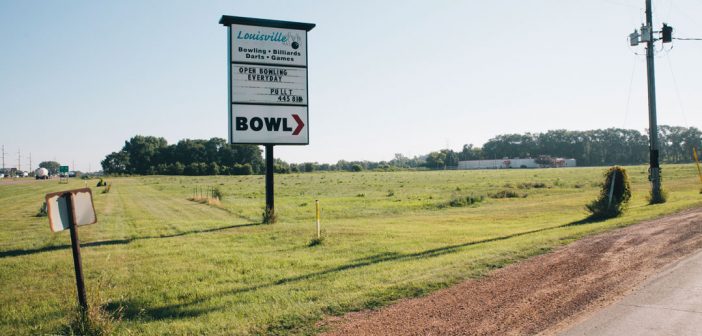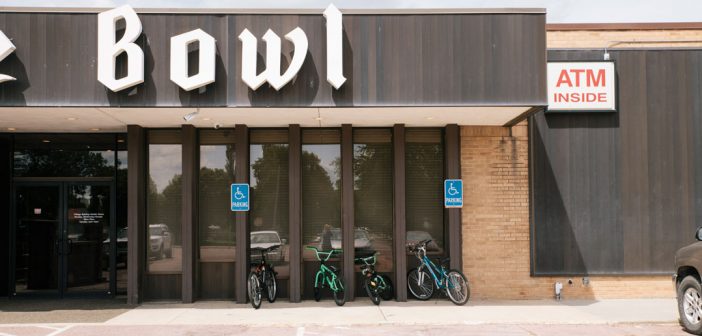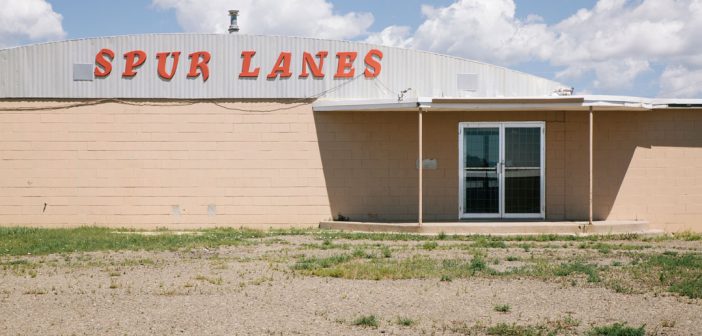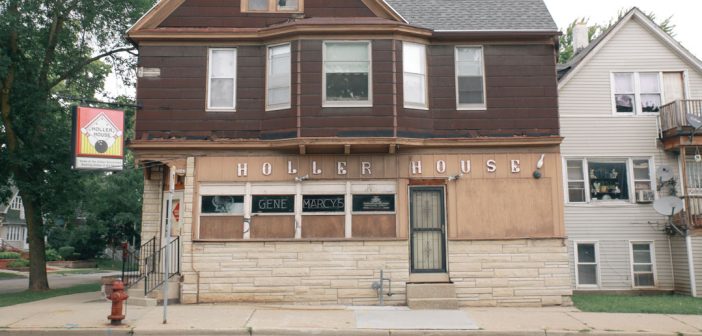Following the development of the automatic pinsetter in the 1950s, bowling became a cultural phenomenon in America.
“People would refer to it as the blue-collar country club,” said senior Emma DiMarco, who is studying visual arts with a concentration in photography at Fordham College at Rose Hill.
Last summer, DiMarco traveled to the Midwest and Great Lakes region to document the decline of bowling alleys in the Rust Belt. Her photographs will be on view at Ildiko Butler Gallery at the Lincoln Center campus from April 25 through May 7.
Approximately 12,000 bowling centers were built in “mostly blue-collar, urban areas of the United States” in the mid-1960’s, according to The Gale Group, Inc., a research and educational publishing company.
By 2011, however, the number of bowling centers dropped to about 5,160.
“[Bowling alleys] are disappearing, along with manufacturing. At the same time, bowling is being repurposed to serve a different class of Americans in trendy bars and restaurants,” said DiMarco.
“I’m fascinated by American culture and how that changes overtime. Bowling alleys are not something that would be considered timeless. They represent something of the past.”
DiMarco received a research grant from Fordham College at Rose Hill to fund her month-long road trip to several states, including Ohio, Michigan, Illinois, Wisconsin, Minnesota, South Dakota, Colorado, Wyoming, New Mexico, Texas, Oklahoma, and Arkansas.
“When I started going to bowling alleys and photographing them, I realized that many of them were run-down,” she recalled, adding that some bowling alleys had shuttered or were struggling to stay afloat while a small percentage were experiencing an evolution of the popular American pastime.
In one town in Indiana, DiMarco spoke with a mechanic of 20 years who shared that bowling was no longer a popular activity in his community. But in the city of Las Vegas, New Mexico, she met one of the owners of JC’s New York Pizzeria Department who had a different experience. According to DiMarco, the pizzeria/sports bar, which includes amenities such as pool tables and an arcade, saw an uptick in customers when it opened a three-lane bowling alley.
“They had just built the lanes and he said it was booked every single weekend,” she said.
Though DiMarco’s photo project centers on bowling alleys in Middle America, bowling became a “smaller part of a larger story.”
“There’s something to be said about photographers that are creating work that has depth behind it. I want people to look at my work, and say, ‘Wow, this exists.’ I want people to see parts of America that they haven’t seen before.”







